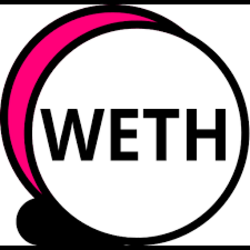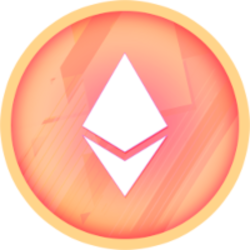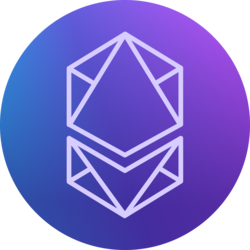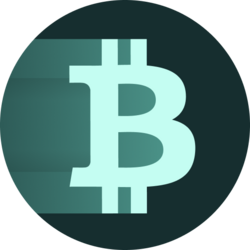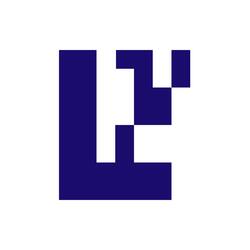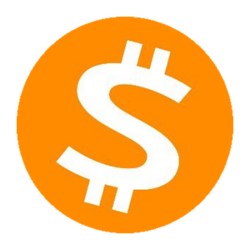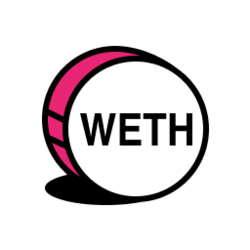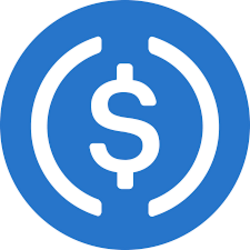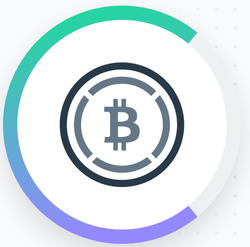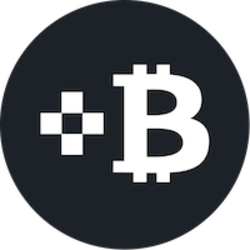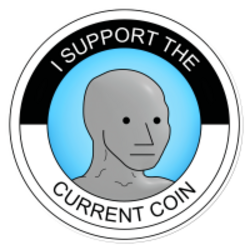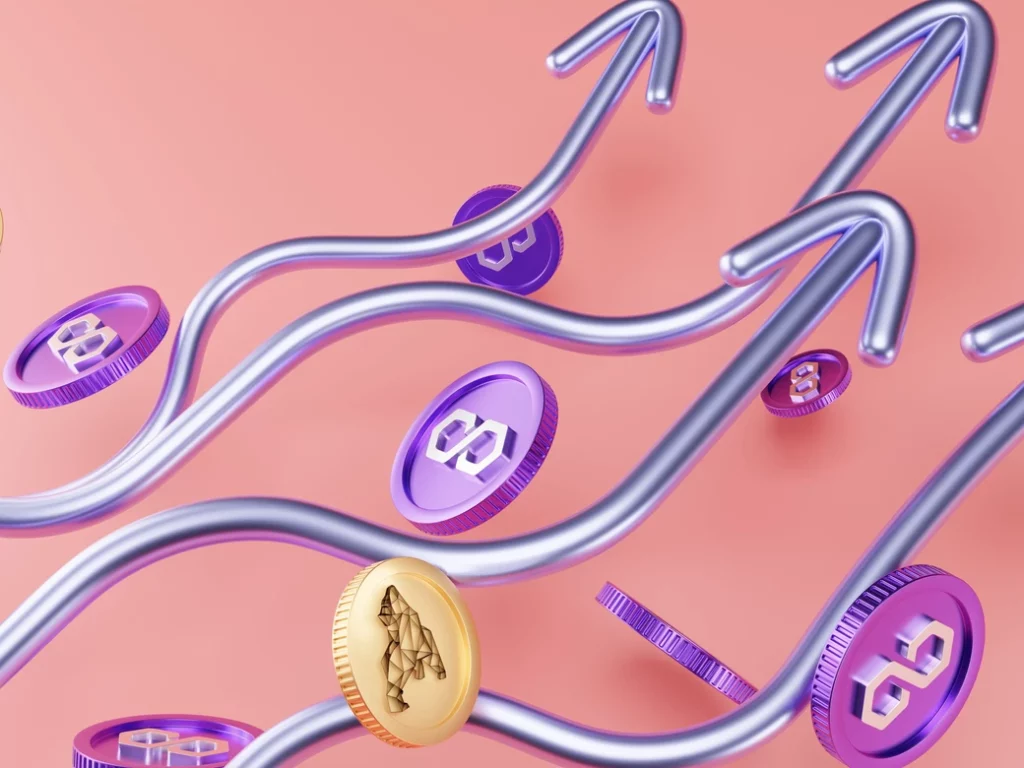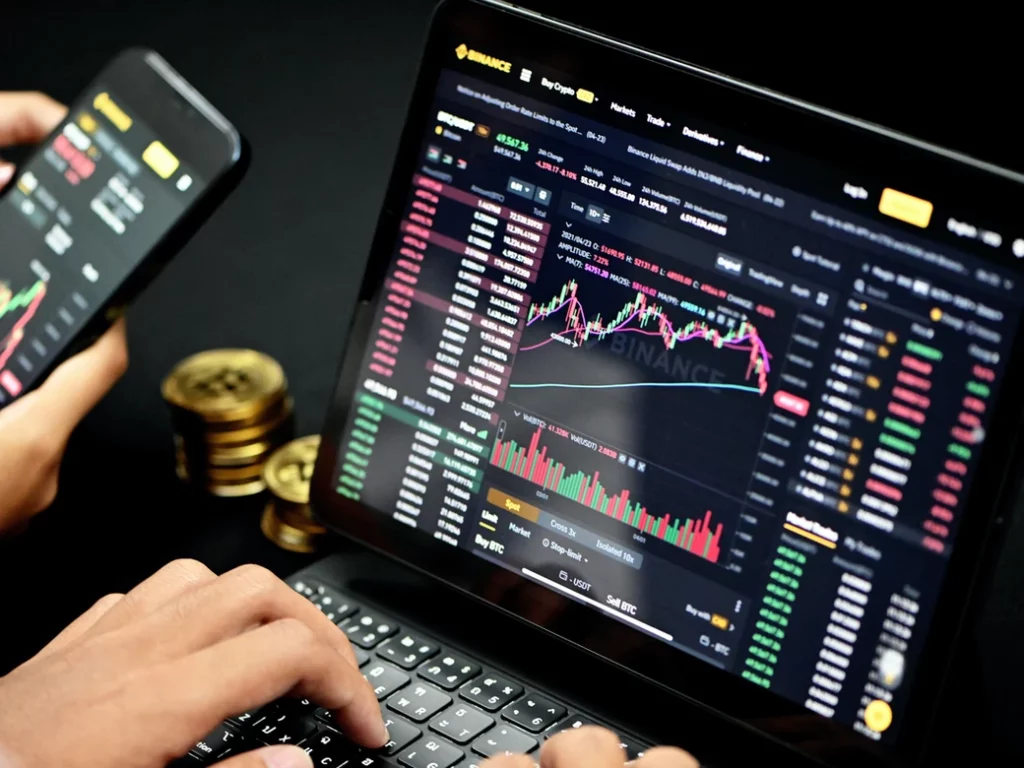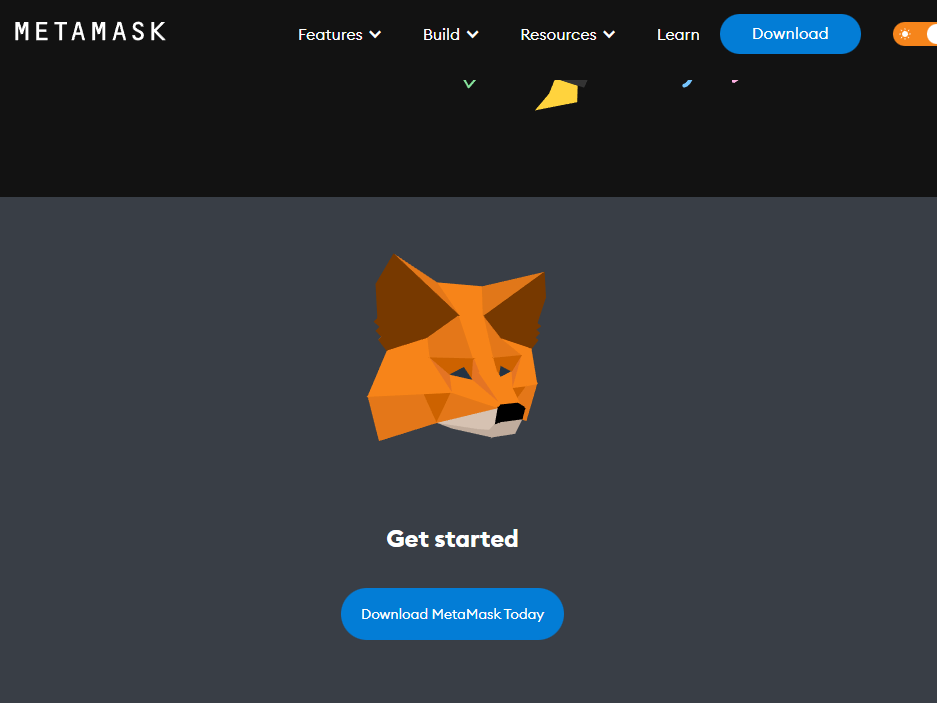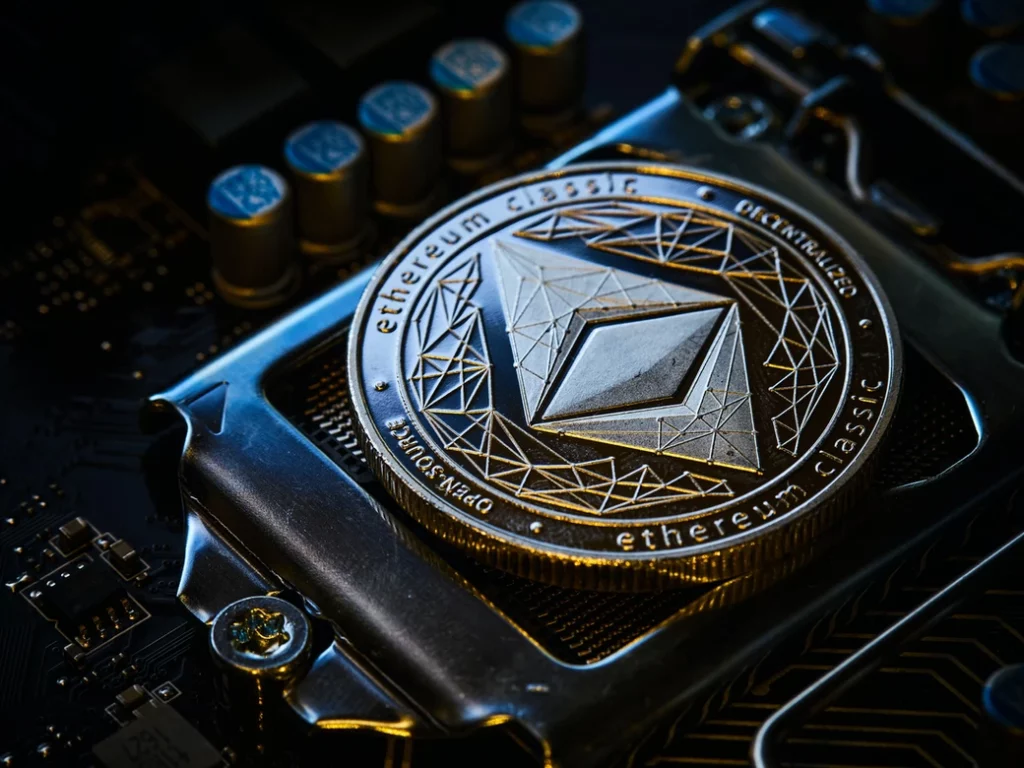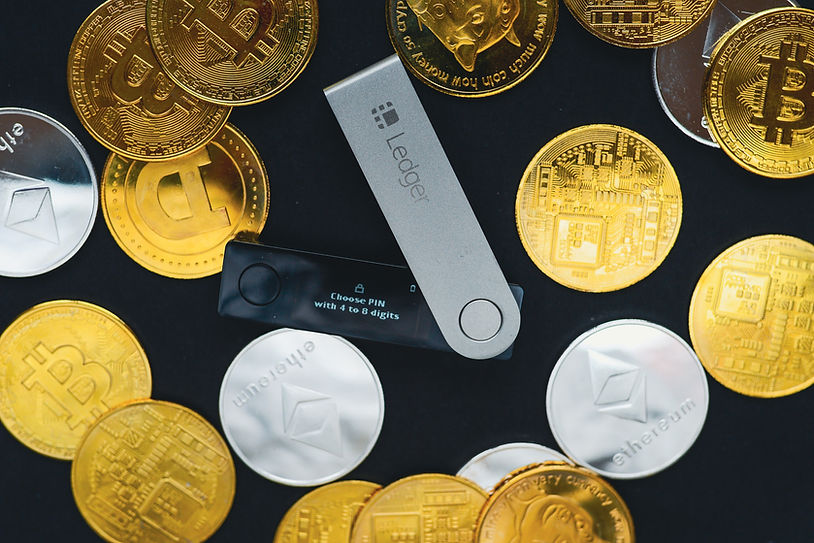It’s Happens on the Side… What are Layer 2 Blockchain Solutions?
Thinking about making your side-chain your main chain? You’ll probably want to know a little more about Layer 2 (L2) solutions are and how they work in conjunction with their Layer 1 (L1) counterparts. Layer 2 solutions are becoming more common, and in many cases necessary to help create secure scalability for some of the most widely used blockchain networks like Bitcoin and Ethereum. So what does L2 mean for you and why should you care? Layer 2 Solutions in Their Natural Habitat In this guide, we’ll talk about what Layer 2 solutions are, why L2s are necessary, some benefits and drawbacks of L2 solutions, and go over some examples of some of the more common L2s like Polygon, Optimism, and Arbitrum and where you might encounter them. Layer 2 solutions make the blockchain more accessible to more people, and are very often considerably less expensive to use than their Layer 1 counterparts. So if you’re thinking about leaving your main chain for your side chain, keep reading to learn more! Peeling Back the Layers Some preliminaries before we dig in: in this article we assume the reader has at least some basic familiarity with L1 tech like Bitcoin and Ethereum. If you’re brand new to crypto and blockchain, consider checking out some of our introductory learning resources here. This also assumes you’ve had some experience transacting and interacting with the blockchain. What are L2 Blockchain Solutions? One of the main challenges with blockchain technology is that it can be slow and expensive to process transactions. This is because each transaction needs to be validated and recorded on the blockchain, which can take time and incur fees. Layer 2 solutions are a way to address this scalability issue by allowing some transactions to be processed of-chain, without needing to record them on the main blockchain. This means that transactions can be processed much faster and cheaper, without sacrificing security or decentralization. Succinctly, L2s help to address some of the issues posed by the blockchain trilemma while creating a fast, secure, and decentralized solution for users. Why are L2 Blockchain Solutions Necessary? The need for L2 solutions arises from the fact that most current blockchain networks have limited scalability. For example, Bitcoin can only process around 7 transactions per second (tps), while Ethereum can handle around 15-45 tps. This is far lower than traditional payment networks like Visa, which can process thousands of transactions per second. As the number of users and transactions on blockchain networks grows, this scalability issue becomes even more pronounced. This can lead to slow transaction times and high fees, which can make blockchain-based applications less practical and less user-friendly. L2 solutions provide a way to overcome these scalability limitations by processing some transactions off-chain, while still maintaining the security and decentralization of the underlying blockchain. Benefits and Drawbacks There are several benefits to using L2 solutions. First, they can significantly increase the scalability of blockchain networks, allowing for faster and cheaper transactions. This can make blockchain-based applications more practical and user-friendly. L2 solutions can reduce congestion on the main blockchain, which can improve overall network efficiency. This is because off-chain transactions do not need to be validated and recorded on the main blockchain, freeing up space for other transactions. Third, L2 solutions can enable new use cases for blockchain technology, such as micropayments and real-time applications, which may not be feasible on the main blockchain due to scalability limitations. However, there are also some drawbacks to using L2 solutions. For example, there is an increased risk of centralization, as L2 solutions may be run by a smaller number of nodes or providers. This could potentially compromise the security and decentralization of the underlying blockchain network. Second, L2 solutions may require additional trust assumptions, such as trusting the operators of the L2 solution to properly execute transactions and maintain security. Finally, L2 solutions may introduce additional complexity for users, as they may need to interact with multiple layers and protocols to use blockchain-based applications. Some Examples of Layer 2 Technology There are several L2 solutions currently being developed and deployed for various blockchain networks. These examples include some of the types of Layer 2 technology being developed as well as some actual Layer 2 solutions. Some examples include: How to Use L2 If you’re interested in using an L2 solution for the first time, the process will depend on the specific solution you want to use. However, in general, here are some steps you might follow: Layer 2 solutions offer a promising way to address the scalability limitations of blockchain technology. They can significantly increase transaction speeds and reduce fees, while maintaining the security and decentralization of the underlying blockchain. However, there are also potential drawbacks to using L2 solutions, such as increased complexity and risk of centralization. If you’re interested in using an L2 solution, make sure to do your research and choose one that fits your needs and preferences.
It’s Happens on the Side… What are Layer 2 Blockchain Solutions? Read More »











